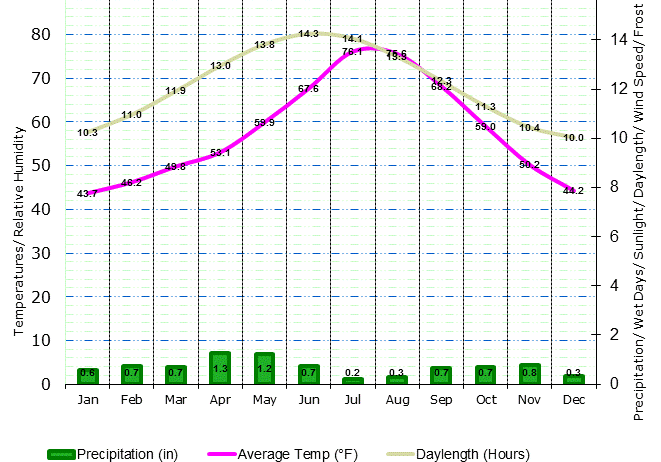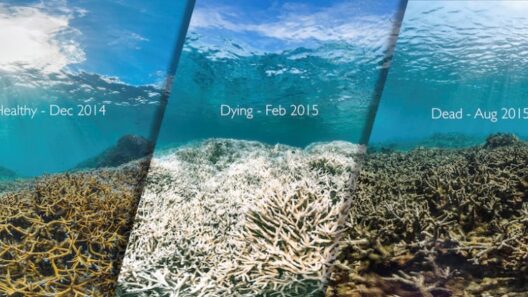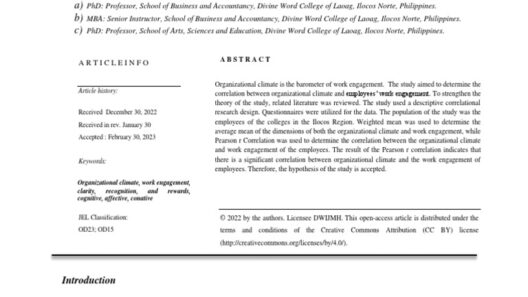Understanding the climate of Morocco is akin to navigating a geographical tapestry, embroidered with the threads of contrasting conditions. From the sweltering desert heat of the Sahara to the temperate Mediterranean breezes, Morocco offers a unique climatological experience. But what does it mean for a country to embody such extremes? The climatic nuances present both an opportunity and a challenge for its inhabitants and ecosystems.
Geographically, Morocco occupies a strategic position in North Africa, bordered by the Atlantic Ocean to the west and the Mediterranean Sea to the north. The country’s climate can be broadly categorized into four distinct zones: the coastal regions, the inland plateaus, the mountainous areas, and the vast deserts. Each region exhibits its own set of climatic characteristics shaped by elevation, latitude, and proximity to water bodies.
In the coastal areas, particularly along the Atlantic coast, a Mediterranean climate prevails. This region enjoys mild, wet winters and hot, dry summers. Temperatures typically soar during the summer months, peaking around 30°C to 40°C (86°F to 104°F). During the winter months, temperatures can drop but seldom reach freezing levels, thanks to the influence of the ocean. The maritime winds play a pivotal role in regulating temperature and humidity, making this a preferred area for agriculture, particularly for crops like olives and citrus fruits.
Moving inland, one traverses the varied terrains of Morocco’s plateaus. Here, one encounters a semi-arid climate characterized by more extreme temperature variations—both daily and seasonally. In the winter, the temperature can plummet to near-zero levels, while summer can see scorching highs. Rainfall is sparse and primarily occurs during the autumn and spring months, making water conservation a vital concern for local farmers and communities.
One might ponder: How do these climatic contrasts impact the flora and fauna of Morocco? The answer lies in the adaptations and resilience of species that inhabit these diverse regions. From the hardy argan trees found in the south to the lush cedar forests of the Middle Atlas Mountains, biodiversity thrives despite the fluctuating weather. Many of these plants and animals have developed unique survival mechanisms, allowing them to endure periods of drought or extreme heat.
Speaking of extreme heat, the Sahara Desert represents one of the most formidable climates in Morocco. Here, the temperatures are blistering, often exceeding 50°C (122°F) during the peak of summer. Rain is a rarity, with some areas receiving less than 25 mm of precipitation annually. The harsh conditions pose significant challenges to life—yet, paradoxically, this arid expanse supports a surprising diversity of life. Nomadic tribes have adapted to the relentless heat, employing age-old techniques for water conservation and shelter. This enduring connection to the land invites curiosity: How can modern society learn from these traditional practices as climate change intensifies?
Climate change, a pressing concern globally, has begun to manifest in Morocco’s weather patterns. Researchers have noted an increase in average temperatures and a shift in precipitation patterns, leading to prolonged droughts and intensified rainfall events. Such changes wreak havoc on agriculture, a critical sector for Morocco’s economy. Crops that once thrived in predictable weather conditions now face uncertainties, raising questions about food security and sustainability for future generations.
The mountainous regions of Morocco, particularly the Atlas and Rif Mountains, add another layer to the country’s climate variable. These areas experience a highland climate, with temperatures decreasing as altitude increases. Snowfall is common in winter, transforming these mountains into a winter wonderland, which attracts ski enthusiasts. However, the rising temperatures due to climate change may threaten these seasonal patterns, posing additional risks to snow-dependent ecosystems and tourism.
In confronting these climatic shifts, Morocco’s government and local communities are taking proactive measures. Initiatives aimed at sustainable agriculture, afforestation, and water resource management are being implemented to adapt to the evolving conditions. The adoption of solar energy systems is also gaining momentum as Morocco endeavors to become a leader in renewable energy. This shift not only promotes environmental sustainability but also positions Morocco as a potential model for other nations grappling with similar climatic challenges.
Moreover, the interdependence between climate and culture cannot be overstated. Traditional practices, cuisine, and even architectural designs reflect the climatic conditions of the region. From the use of mud-brick constructions that naturally insulate against heat to culinary traditions evolved over centuries around seasonal produce, Moroccan culture is a testament to the enduring relationship between climate and daily life.
In conclusion, Morocco’s climate presents a mosaic of paralleled extremes, from the tranquil breezes of the Mediterranean coast to the searing heat of the Sahara Desert. Each region reflects the intricate relationship between geography, biodiversity, and human adaptation. As the urgency of climate change looms, Morocco stands at a crossroads—facing both a significant challenge and a unique opportunity to redefine its environmental narrative. How will the nation balance its rich climatic heritage with the evolving demands of a changing planet?








